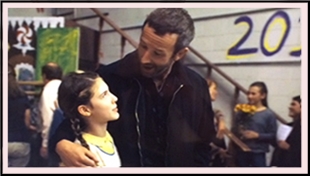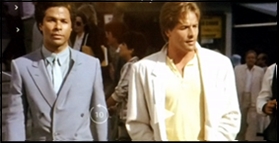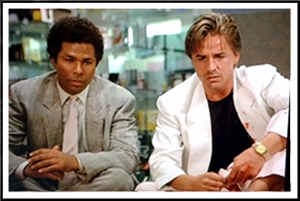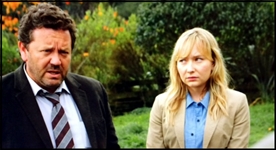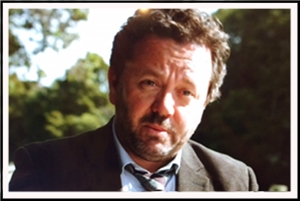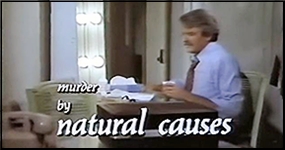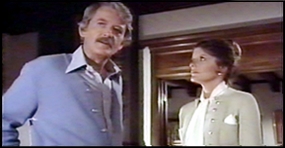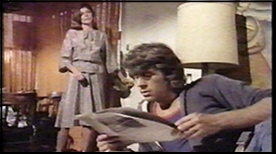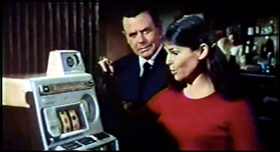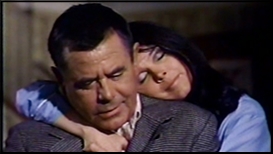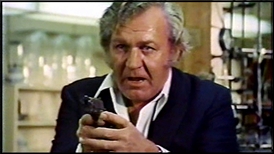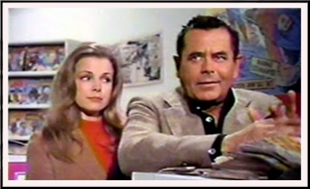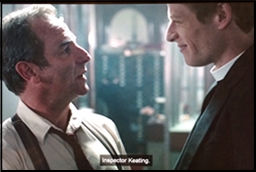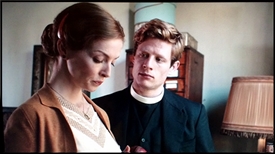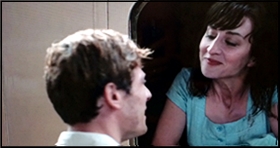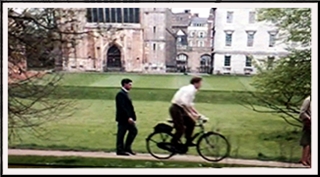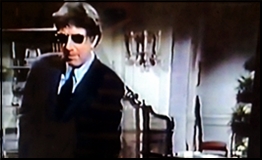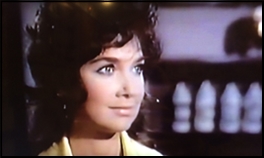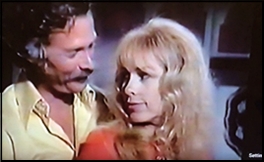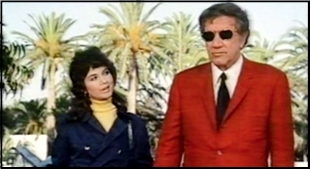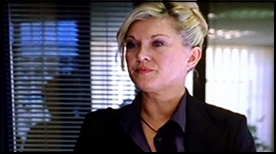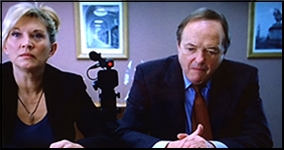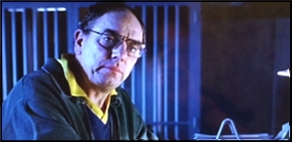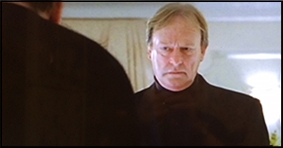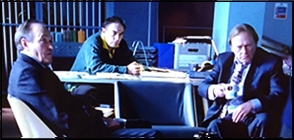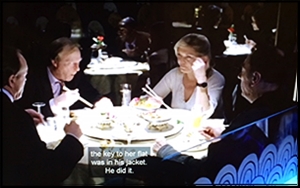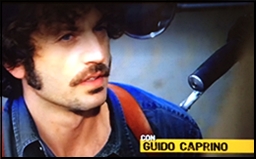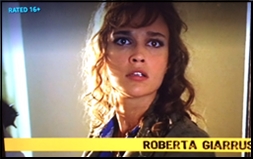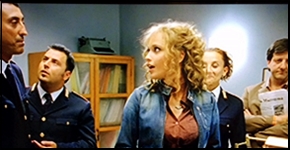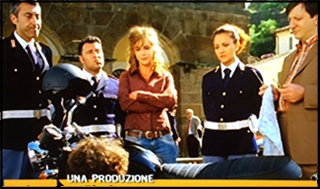Mon 9 Nov 2020
TV Episode Review: GET SHORTY “The Pitch” (2017).
Posted by Steve under Reviews , TV mysteries[6] Comments
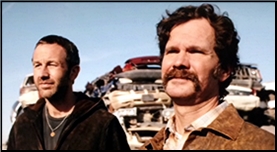
GET SHORTY. “The Pitch.†Epix, 13 August 2017. Chris O’Dowd as Miles Daly, an enforcer for Amara De Escalones, a casino owner and gang boss in Pahrump, Nevada, who looks to escape his criminal lifestyle and enter into the film industry; Ray Romano as Rick Moreweather, a film producer; Sean Bridgers as Louis Darnell, Miles’ partner; Lucy Walters as Katie Daly, Miles’ wife; Carolyn Dodd as Emma Daly, Miles and Katie’s daughter. Miles’ pet name for her is “Shorty.†Lidia Porto as Amara De Escalones. Based on the novel by Elmore Leonard. Writer: Davey Holmes. Director: Allen Coulter. Currently streaming on Cimemax via Amazon Prime.
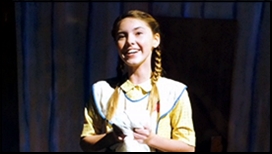
Once again I am indebted to Wikipedia for the list of characters, the actors who play hem, and their roles in Get Shorty, the TV series. While the movie (1995) followed the book (1990) fairly closely, the TV series bears only a passing resemblance to either. Only the general idea stays the same: that of a professional hitman trying to improve his life and/or using Hollywood and the lower level movie business to launder money for the mob.

This, the first episode of the TV series, which lasted for three season of nine episodes each, consists largely of setting up the characters and the basic premise. There’s no standalone story line to go with it. On the other hand, I don’t think anyone watching this would go away not knowing what the future of the series would be like and whether or not they’d be likely to following along.
The appeal so far, though, is in the characters, and in the black tongue in cheek attitude the two partners in the hitman business have toward their business. Miles Daly, more or less the featured player in this large ensemble show, would like to get out of it, however. He’s separated from his wife, who doesn’t care for the business he’s in, and that interferes greatly with Miles’ wish to see and be with his daughter Emma.
The other star is Ray Romano as minor league (very minor) Rick Moreweather, who as the series begins is grasping at straws so that he can finish his (very) minor film epic. Obviously when Miles comes knocking at his door, it will be a match made in heaven.
